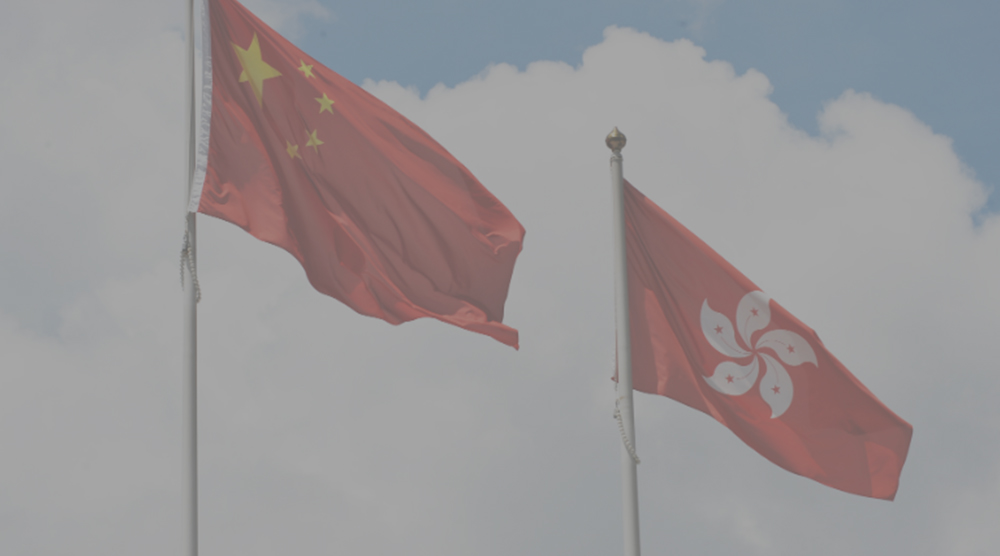Recent volatility on the Chinese stock market has probably come as a relief to those operational departments that had been expected to support the new Hong Kong China Mutual Recognition of Funds (MRF). The China Securities Regulatory Commission (CSRC) and Hong Kong’s Securities and Futures Commission (HKSFC) launched the scheme at the beginning of July, yet the regulators’ attention has now been diverted away from approval of MRF funds in order to find ways to stabilise and reassure the market instead.
Work has been progressing along nicely in the meantime, however, at China Securities Depository and Clearing Corporation (ChinaClear). It is no surprise that ChinaClear has stepped up to provide a solution to support MRF cross-border trades in and out of China, given that most fund players in China are already processing domestic fund orders via ChinaClear’s automated infrastructure. Across the border, ChinaClear is also in the process of building multiple routes to access Hong Kong fund managers and distributors due to the fact Hong Kong does not have an equivalent prevalent domestic infrastructure for funds processing. Hong Kong fund managers and their respective transfer agents are now needing to ensure that they have the capability and infrastructure to automatically send and receive orders to and from China, rather than on a manual basis.
First movers: integration & automation
Approximately 100 Hong Kong-domiciled funds and 850 mainland Chinese funds are qualified for the scheme, according to the CSRC. Applications from nine funds from Hong Kong-based asset management firms are currently under review by the CSRC for northbound distribution, and market sources suggest that 14 Mainland registered funds have already sought regulatory approval for southbound distribution in Hong Kong.
Although the first fund managers on both sides of the border have already taken the various steps required to start distributing their funds pending regulatory approval, the operational aspects remain somewhat unclear. One detail that has manifested itself recently is that fund managers and fund distributors actually have a choice when deciding on how to place and receive their orders across the border. On 12th June, HKSFC issued an FAQ confirming, “orders did not have to be routed via any particularised [fund processing] centralised platforms.” The fact that players can actually select their preferred messaging provider has flown somewhat under the radar in these preparatory stages for MRF.
ChinaClear connection
The main objective of Hong Kong fund managers and transfer agents (TA’s) operating on global TA systems is to be able to receive trades electronically using compatible global messaging and connectivity standards. Deviation from this would have immense cost implications and negatively impact time to market through lengthy implementation and testing of new formats. As we have seen from Calastone’s successful roll out with the TDCC in Taiwan in 2012, it is critical for all parties to adopt the right operating model at the earliest stages of MRF in order to best maximise success in the long run.
In order to support our Hong Kong-based clients, Calastone has been working closely with ChinaClear to provide a seamless electronic messaging link to automate both northbound and southbound trades. What Calastone intends is to essentially provide a message translation mechanism between Chinese domestic standards and international messaging standards in use in Hong Kong, reproducing the Taiwanese experience from 2012.
The take-away
Players are keen to exploit positions in order to be first to market and this includes fund managers with an existing eligible MRF fund range and existing operations via a joint venture in China or a branch in Hong Kong. With over 20 funds awaiting regulatory approvals, the operational departments of fund managers, distributors and custodians will all be faced with their first trades to process, sooner rather than later.
Hong Kong distributors and custodians will want to find a single solution that has the ability to cope with the largest possible fund universe (covering Chinese MRF funds, Hong Kong funds and European cross-border funds), and avoid setting up multiple bespoke solutions for each type of fund. Success factors for firms include the use of single pipe connections, reduced time to market and the set-up of a flexible, scalable and future-proof operating model able to cope with increased transaction volumes and potential future expansion to other markets. Once markets calm, operational departments will then be put to the test as to whether their MRF fund processing capabilities are well and truly placed.
About Calastone
With 17 leading Taiwanese distributors and most of the offshore fund managers signed-up, Calastone has been at the forefront of Taiwan fund order automation. It is perhaps not surprising, that the main fund managers, TA’s and fund distributors have been looking at Calastone to provide a similar solution for China.
Calastone’s objective is to allow Hong Kong fund distributors and fund managers to re-use their existing Calastone connectivity for China and minimise any development requirements for them to allow them to be ready for the first China fund trades.
If you are interested to learn more about Calastone’s MRF solution, please contact Sebastien Chaker at sebastien.chaker@calastone.com.










